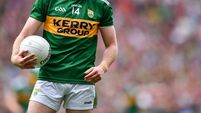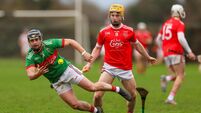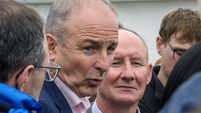Mind the gap: The ongoing imbalance between men's and women's sport

By Aoife Geary
Aside from higher salaries, male athletes generally enjoy more coverage, sponsorship and esteem than their female counterparts. In Forbes’ ranking of the world’s highest paid athletes, not a single female featured in the top 20, while only two, Maria Sharapova and Serena Williams featured in the top 50.














